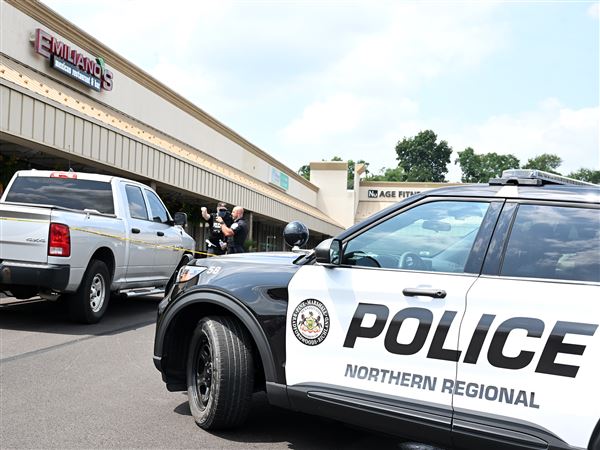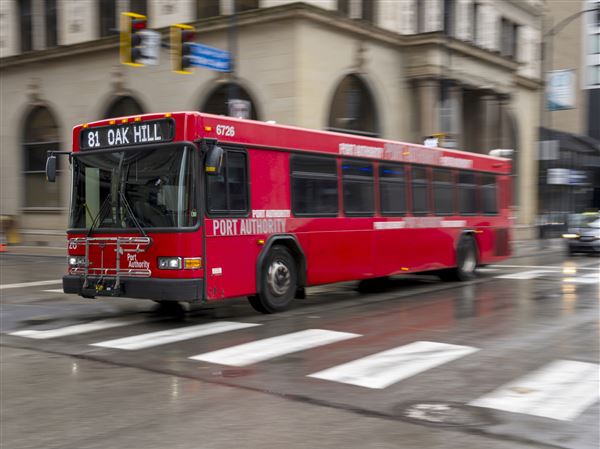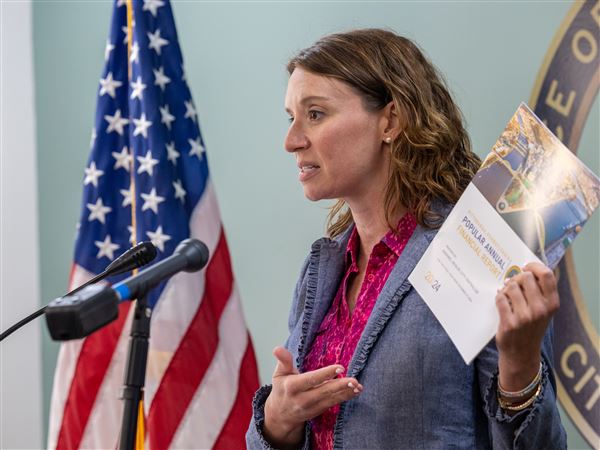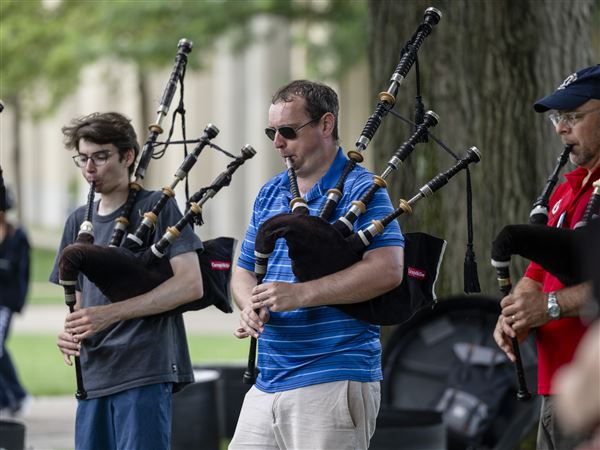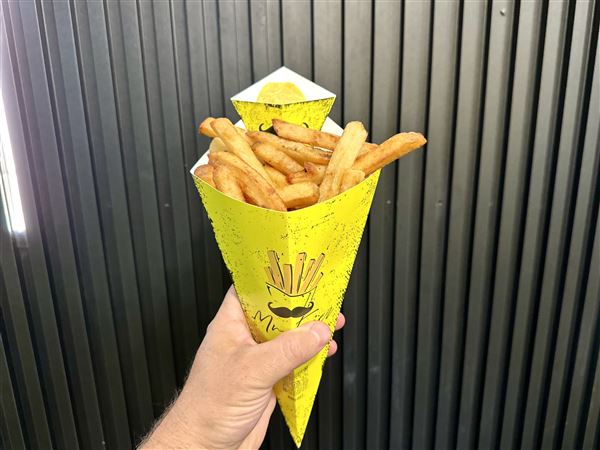Building a vertical prison in downtown Butler is doable, but the price tag will be higher and staffing less efficient than they would be in a horizontal prison.
So says Bill Garnos, a consultant retained to help the county find a site for a new lockup. He analyzed the pros and cons of building up or building out and agreed with a previous study that mimicked conventional thinking: Horizontal prisons are cheaper to build and easier to staff.
And that's what he told members of the county prison board Wednesday.
Still, Garnos isn't necessarily recommending the county abandon consideration of a vertical design. "That's your decision,'' he said, acknowledging that not every decision boils down to money or convenience.
County Commissioner Glenn Anderson couldn't agree more. And that's why he's still pressing for a new jail in downtown Butler, either next to or on top of the existing prison annex, a block from the existing jail.
"It's still my preferred site,'' Anderson said.
He said he likes the fact that it appears to have little opposition from the community. "We've already got a jail there and we haven't heard anybody object to building a bigger one there,'' he said.
He also likes the proximity to the courthouse and government center, even though any new jail will be designed to accommodate a courtroom.
Those arguments don't sway Commissioner Scott Lowe. Lowe said he favors building the jail on the county-owned property of Sunnyview Nursing Home in Butler Township.
The way Lowe sees it, construction costs would be lower because the building could be horizontal, there would be room to expand and the county wouldn't have to spend money on land acquisition.
Though the site was ranked as most favorable by an independent site selection committee empaneled by the commissioners last year, it also has generated the most public opposition from would-be neighbors.
Commissioner Jim Kennedy doesn't know where he wants the new jail, but he knows he doesn't want it at Sunnyview. A farmer and a proponent of farmland preservation, Kennedy likes the fact that tracts on the undeveloped sections of the Sunnyview property are leased to farmers and gardeners.
So where does that leave the county?
"It's time to select a site,'' Garnos emphasized.
He said he would provide more detailed analysis of any proposed location for a new jail but he needs direction from the board.
Lowe said he has asked for an evaluation of the Sunnyview property.
So far, Garnos has looked closely at a couple variations on a downtown Butler site as well as a horizontal building on the site of the now vacant Spang building, also in the city of Butler but on the other side of town.
He said he analyzed the Spang site because commissioners learned only recently that the building remains for sale. He said the site is narrow but not so narrow as to rule it out.
He said one possible design would make use of the existing building, which is in "move-in condition," according to Tim McCune, county district attorney and prison board chairman.
Garnos said housing pods could be built on either side of the Spang building, and administrative and support functions could be concentrated in the existing structure.
As for downtown Butler, two general designs were looked at. One would restrict the footprint of the proposed jail to the annex and its immediate vicinity. The other would extend that footprint to Bluff Street.
The latter would entail buying 146 parking spaces from the city as well as a vacant print shop.
Garnos said the biggest problem with either downtown option is having to shut the annex, which holds about 50 prisoners, for 12 to 18 months. He projected the county would spend nearly $1 million housing those prisoners elsewhere, and that's if the county could find a nearby prison willing to take on 50 more prisoners on top of the 50 or so already being housed outside the county.
Anderson said a third option should be considered: building the new jail around the existing annex. He said that option would negate the need for additional out-of-county housing.
Garnos said it's possible a new lockup could be designed that way, but he likened it to "the tail wagging the dog."
Garnos has not done any specific cost projections associated with any potential site but said a vertical building at the annex location would be at least 12 percent more expensive than any horizontal building, in construction costs alone.
A previous study done in 2001 by Kimball and Associates estimated a 40 percent cost differential. Kimball also said more staff would be needed to supervise a vertical prison.
Garnos said he thought that point was "arguable." He did agree, however, that staffing a vertical prison is "less efficient," especially in terms of response times in emergencies.
First Published: November 16, 2003, 5:00 a.m.
